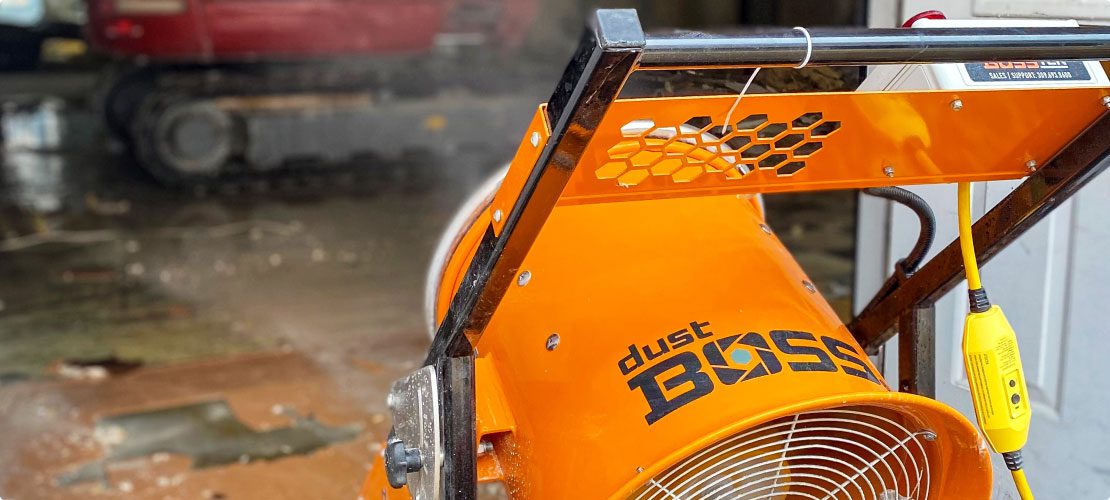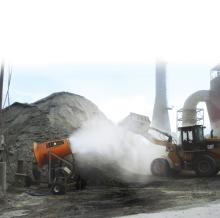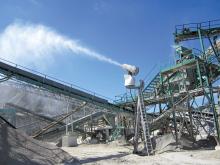
The compact DustBoss DB-10 is the latest addition to BossTek’s line of atomised mist cannons. Engineered for enclosed working environments, the unit is designed to be easily maneuverable and provide excellent suppression in a compact, portable design. BossTek says the outcome is effective airborne particle control with fewer emissions, less standing water and a safer, more compliant workplace.
“Our customers are well-acquainted with our technology, but before the DB-10, the smallest machine could nearly cover a football field, which is far too powerful for most indoor applications,” said Mike Lewis, dust control specialist at BossTek. “Our first customer to use the DB-10 was a demolition contractor removing dusty drywall, plaster and tile containing potentially hazardous materials. These all produce highly regulated dust emissions. We worked with them to create a unit best suited to their needs and the DB-10 was born. They are extremely happy with the outcome.”
The compact mist cannon is mounted on two wheels with a tall handle. Similar in size to a child stroller, it is light and easy to maneuver, while still offering industrial-level dust control. A ¾ HP fan delivers 3335 CFM of airflow, powered by 120-volt current.
Mounted on the front of the cannon is a circular manifold with 12 atomizing nozzles that fracture pressurized water into a fine mist. About as loud as a hand-held hair dryer, the fan forces air through the barrel then pushes millions of tiny droplets in a cone-shaped pattern up to 30 feet (10 meters). Using the 0-50º vertical adjustment, the mist can reach into the rafters of warehouses or be directed at specific emission zones. It is offered with a standard wheeled carriage but can be specified with alternate mounting as needed.
“Watching these units in action under actual working conditions reveals how the dust falls to the ground and stays there,” Lewis says. “This approach to particulate control will give operators more flexibility and mobility to respond to dust causing conditions.”







